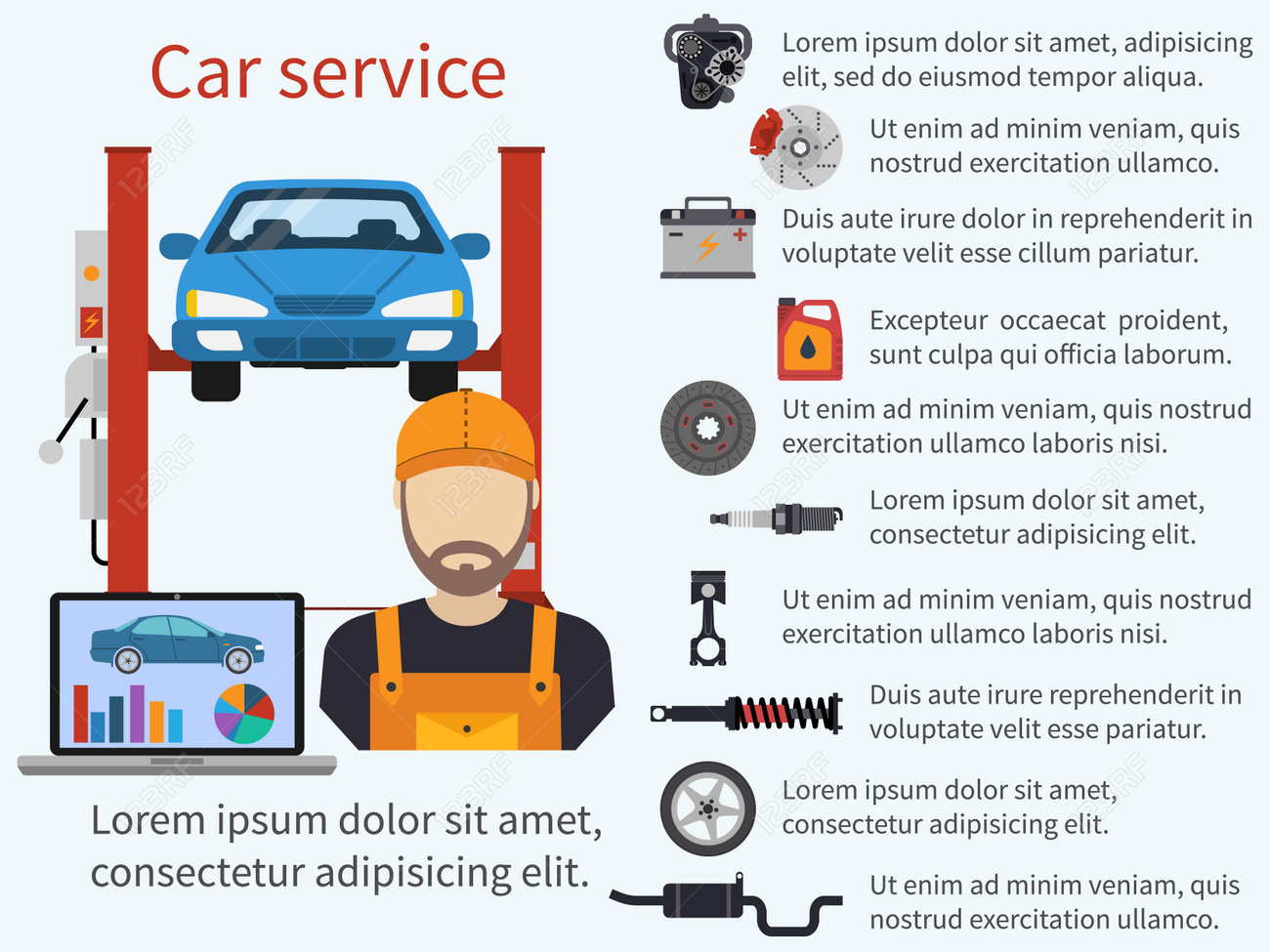Wondering Concerning The Definition Behind Those Control Panel Caution Lights? Gain Insights Into Their Ramifications For Your Automobile'S Safety And Security And Maintenance
Wondering Concerning The Definition Behind Those Control Panel Caution Lights? Gain Insights Into Their Ramifications For Your Automobile'S Safety And Security And Maintenance
Blog Article
Staff Author-Faulkner Gilbert
When you're behind the wheel, those glowing warning lights on your dashboard can be a bit perplexing. Do you know what they're trying to tell you regarding your automobile's health and wellness? Understanding the significance of these lights is crucial for your safety and security and the long life of your vehicle. So, the next time one of those lights turns up, would not you intend to understand its message precisely and take the required steps to address it?
Common Warning Lights and Interpretations
Recognize typical caution lights in your car and comprehend their significances to make certain safe driving.
One of the most typical warning lights consist of the check engine light, which signals concerns with the engine or exhausts system. If this light comes on, it's critical to have your vehicle inspected immediately.
The oil pressure advising light suggests low oil pressure, requiring prompt focus to avoid engine damage.
A flashing battery light may recommend a defective billing system, possibly leaving you stranded if not resolved.
The tire pressure surveillance system (TPMS) light alerts you to reduced tire pressure, influencing automobile stability and fuel performance. Disregarding https://www.khou.com/article/news/crime/bullets-fly-at-spring-branch-auto-shop-during-argument-over-cost-of-repair/285-31d2aacc-4918-490b-bbc2-8987062415e5 could bring about harmful driving conditions.
The abdominal light shows an issue with the anti-lock braking system, jeopardizing your ability to quit rapidly in emergencies.
Lastly, the coolant temperature level warning light warns of engine getting too hot, which can result in serious damage if not settled swiftly.
Recognizing these common warning lights will assist you attend to concerns promptly and preserve secure driving conditions.
Significance of Prompt Focus
Understanding the usual warning lights in your automobile is only the initial step; the value of promptly dealing with these cautions can't be highlighted enough to guarantee your security when driving.
When a warning light brightens on your dashboard, it's your car's means of connecting a possible issue that needs attention. Disregarding these cautions can cause extra serious troubles later on, compromising your security and potentially costing you more out of commission.
Trigger focus to cautioning lights can stop failures and mishaps. As an example, a flashing check engine light can indicate a misfire that, if left neglected, can cause damages to the catalytic converter. Addressing this promptly can save you from a costly fixing.
Likewise, a brake system advising light may signify low brake fluid or used brake pads, critical components for your safety when driving.
DIY Troubleshooting Tips
If you observe a warning light on your dashboard, there are a few DIY repairing tips you can attempt before looking for expert help.
The initial step is to consult your vehicle's manual to recognize what the certain warning light suggests. In some cases the concern can be as simple as a loose gas cap setting off the check engine light. Tightening the gas cap may fix the issue.
An additional common concern is a reduced battery, which can cause different warning lights. Examining the battery links for corrosion and guaranteeing they're secure could repair the trouble.
If a warning light continues, you can try resetting it by disconnecting the automobile's battery for a few minutes and afterwards reconnecting it. Furthermore, examining your vehicle's liquid degrees, such as oil, coolant, and brake liquid, can help fix advising lights associated with these systems.
Verdict
In conclusion, comprehending your auto's warning lights is essential for maintaining your car running smoothly and safely. By quickly addressing these informs and understanding what they mean, you can prevent expensive repairs and prospective breakdowns.
Remember to consult carwashnear me and truck's manual for particular details on each cautioning light and act appropriately to make certain a hassle-free driving experience.
Keep educated, remain risk-free when traveling!
